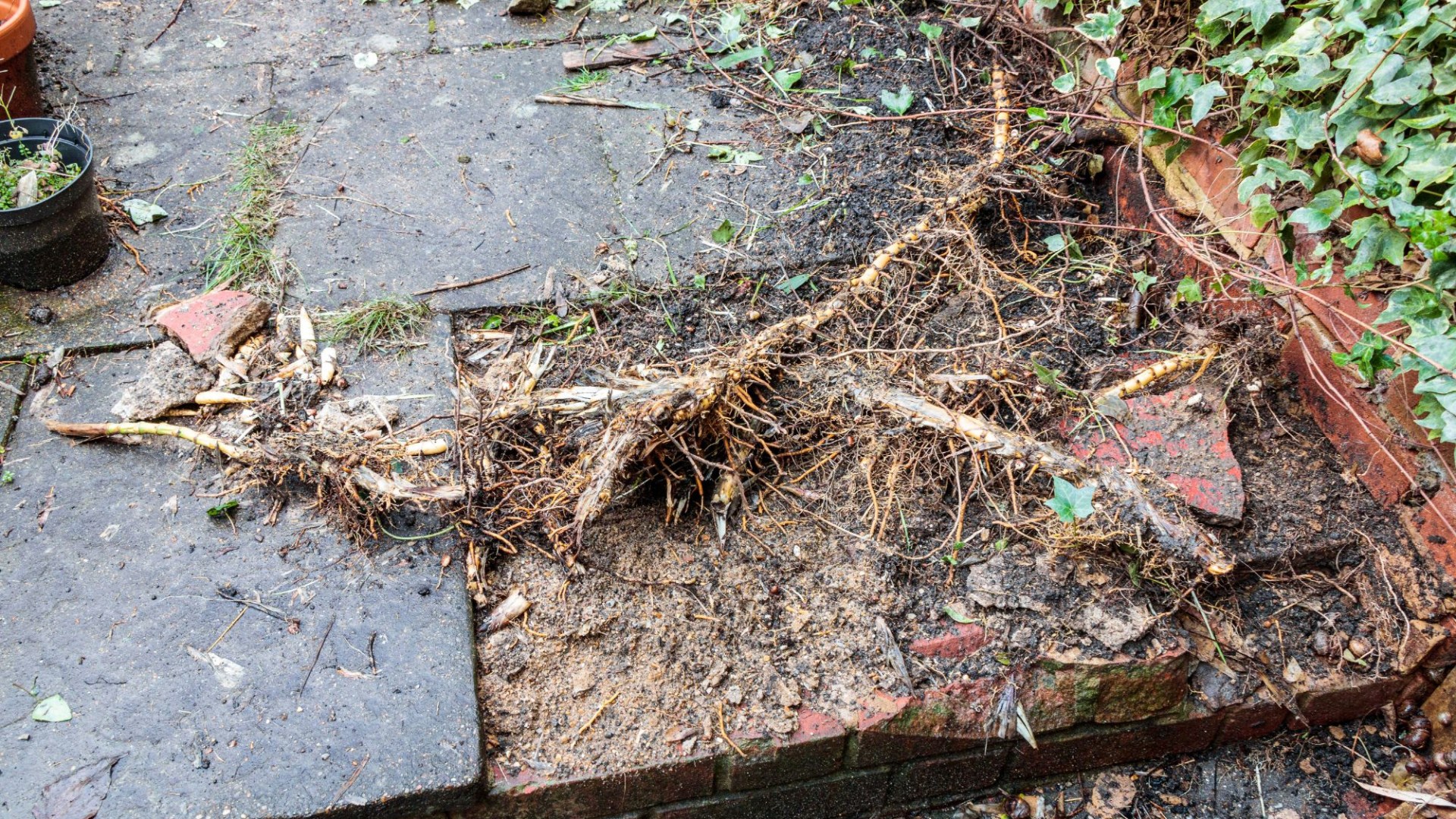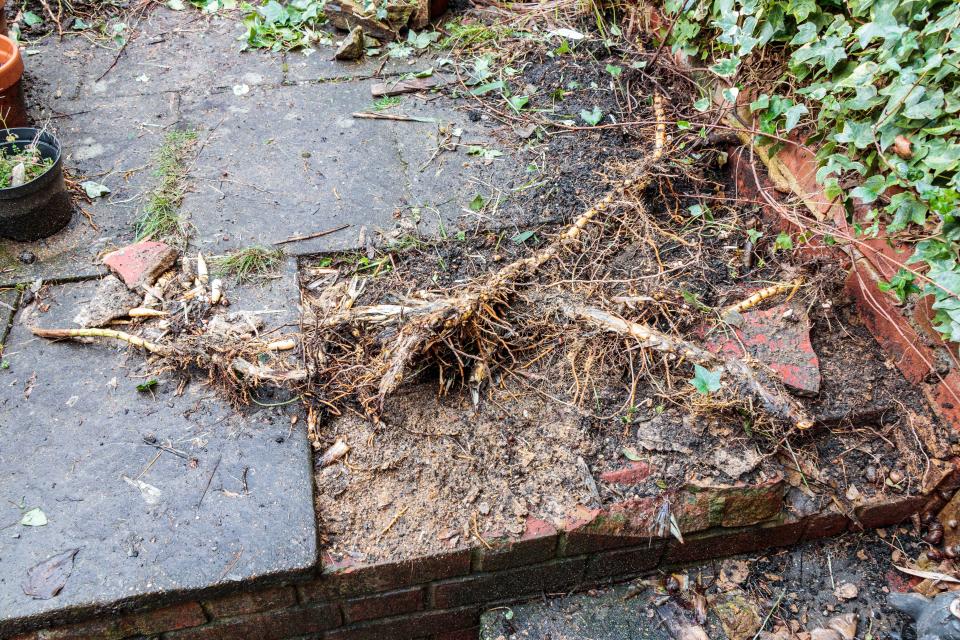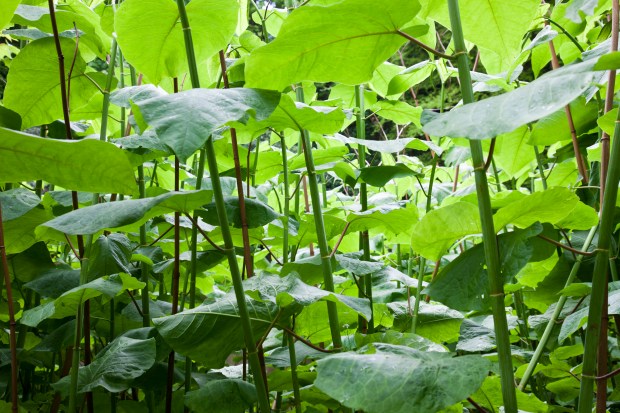I have privacy bamboo in my overlooked garden but it has become a costly nightmare



A British woman has revealed her bamboo ‘nightmare’ after a neighbour insisted she pour diesel on her plants.
The woman, who wishes to remain anonymous, discovered that her bamboo fence was spreading underground and destroying her neighbours’ terrace.
She has the plants in her garden to create some privacy in her ‘overlooked’ garden.
Bamboo can be a problematic choice for British gardens due to its often aggressive growth habit.
Once established, the plant can take over large areas of the garden. It grows quickly and is also very difficult to remove.
In our humid British climate, bamboo thrives and can spread to unwanted areas such as lawns or adjacent gardens.
read more about privacy fences
That’s exactly the problem a green-fingered Brit faces.
“I have huge problems with my neighbors,” she said.
“My bamboo is spreading under the fence into her garden, under their new patio.
“We have bamboo for privacy, because the garden is so difficult to reach.
“She told me I have to remove everything, dig it out and pour diesel over it.”
The fast-growing underground stems of bamboo can cause damage to garden structures, fences, patios and even drainage systems.
It is therefore particularly difficult to contain and remove this.
If you want to remove bamboo after it has spread, you will have to dig out the deep roots. This can be very expensive and even destroy other parts of your garden.
The concerned Briton took to Facebook for advice on how to solve her problem, but the responses were far from positive.
“You’ve made a big mistake,” someone warned.
The most invasive plants in the UK

There are several non-native species that have been introduced to the UK over the years. Here are the most problematic plants to look out for in your garden.
Japanese knotweed
Growing Japanese knotweed is an offence under the Wildlife & Countryside Act 1981.
The plant is not poisonous, but it grows very quickly and can cause serious damage to buildings, paving and structures.
Giant Hogweed
The giant hogweed may look attractive, but it can be quite dangerous.
The sap of the plant is poisonous and can cause burns or blisters if it comes into contact with the skin.
Himalaya Balm
Himalayan balsam is another plant you should keep an eye on.
The plant produces a variety of beautiful pink flowers, but it is said that one plant can spread 2,500 seeds, which are ‘fired’ over a distance of seven metres.
And like other invasive plants, Himalayan balsam wipes out other plants. The plant can grow up to three meters tall and takes sunlight away from smaller plants.
New Zealand Dwarf Herb
The New Zealand dwarf sedge is an aquatic plant that can cause damage in stagnant water, such as lakes and ponds, but also in slow-moving water, such as canals.
It also affects animals, such as frogs, fish and salamanders, as it can form a dense mat on the water surface, causing the water to become deoxygenated.
Rhododendron
An incredibly beautiful plant, beloved by many gardeners, the Rhododendron is technically considered an invasive species due to its rapid growth in woodlands.
Unlike other invasive species mentioned on this list, it is not advisable to remove or kill rhododendrons completely. Instead, it is wise to take extra care to control their growth by pruning and trimming them regularly.
“The wrong kind of bamboo, left unchecked, will become overgrown, and that’s what happened here,” explained a second gardening virtuoso.
“It will be a long process to deal with that.
“Please note: next time, take the clumping variant.
“And to be extra safe, you need to put it in really strong pots that the roots can’t break through.”





